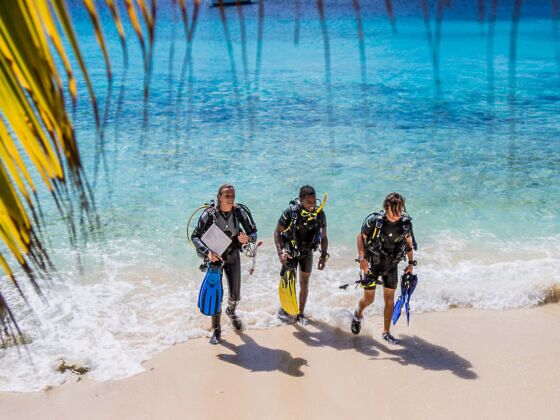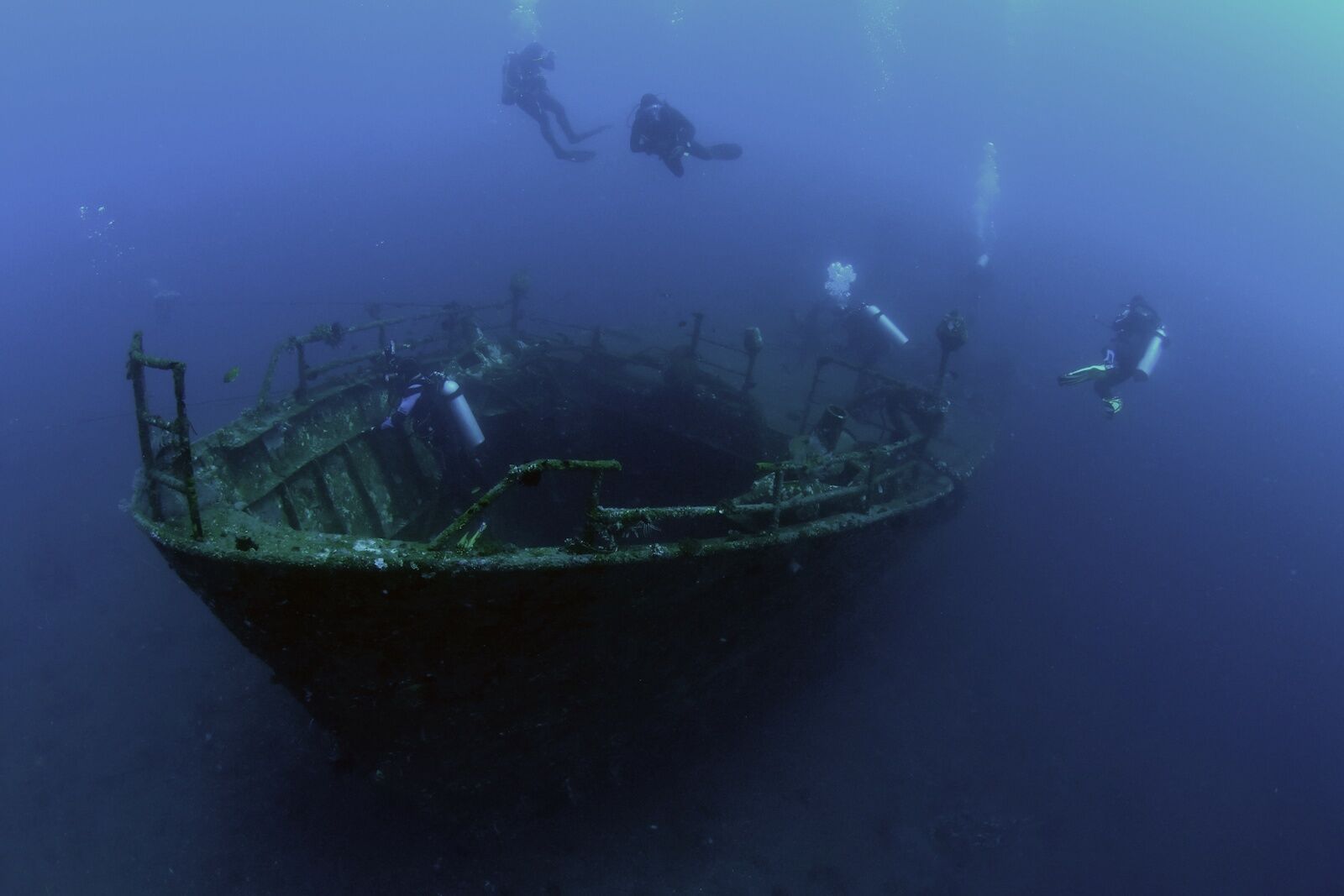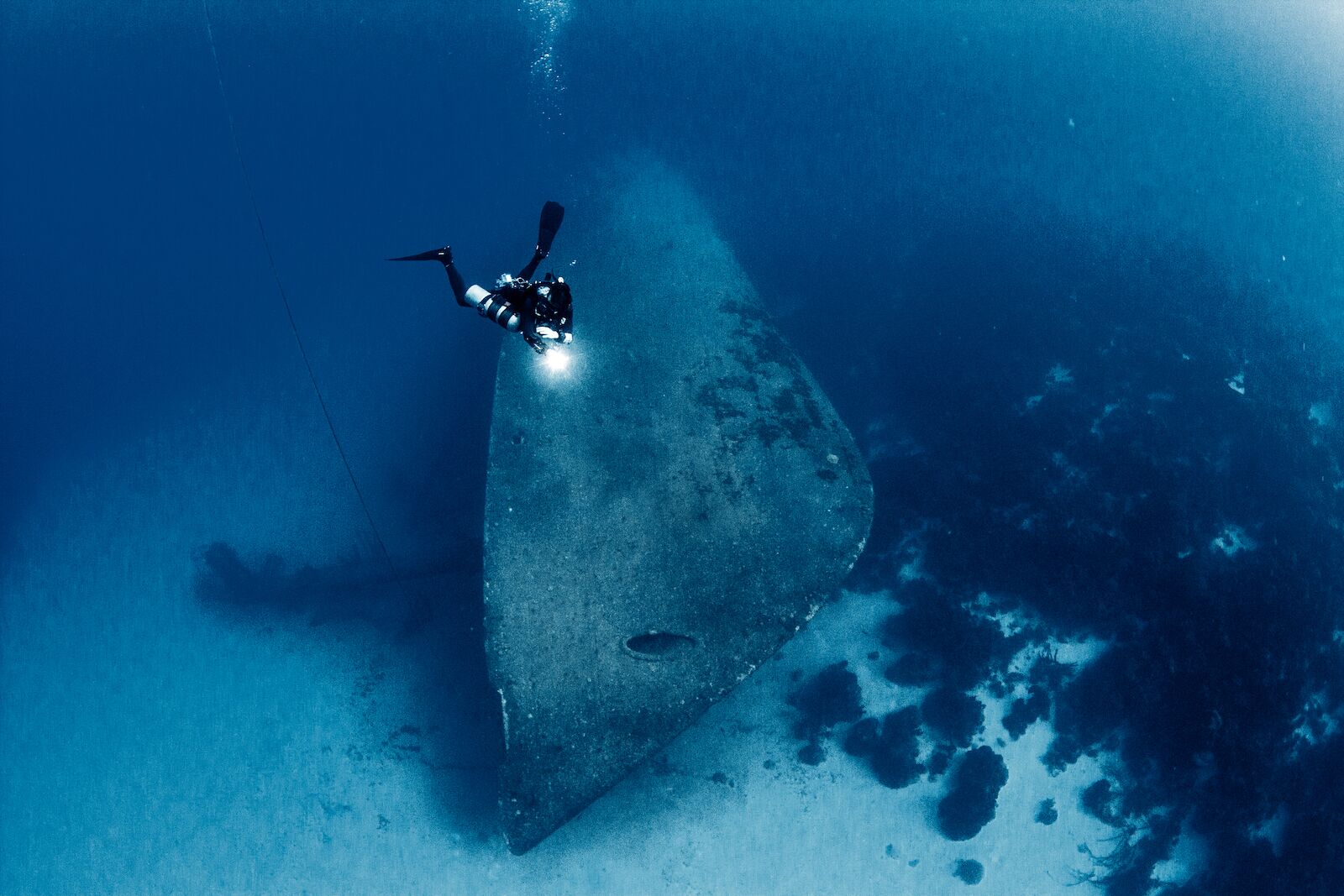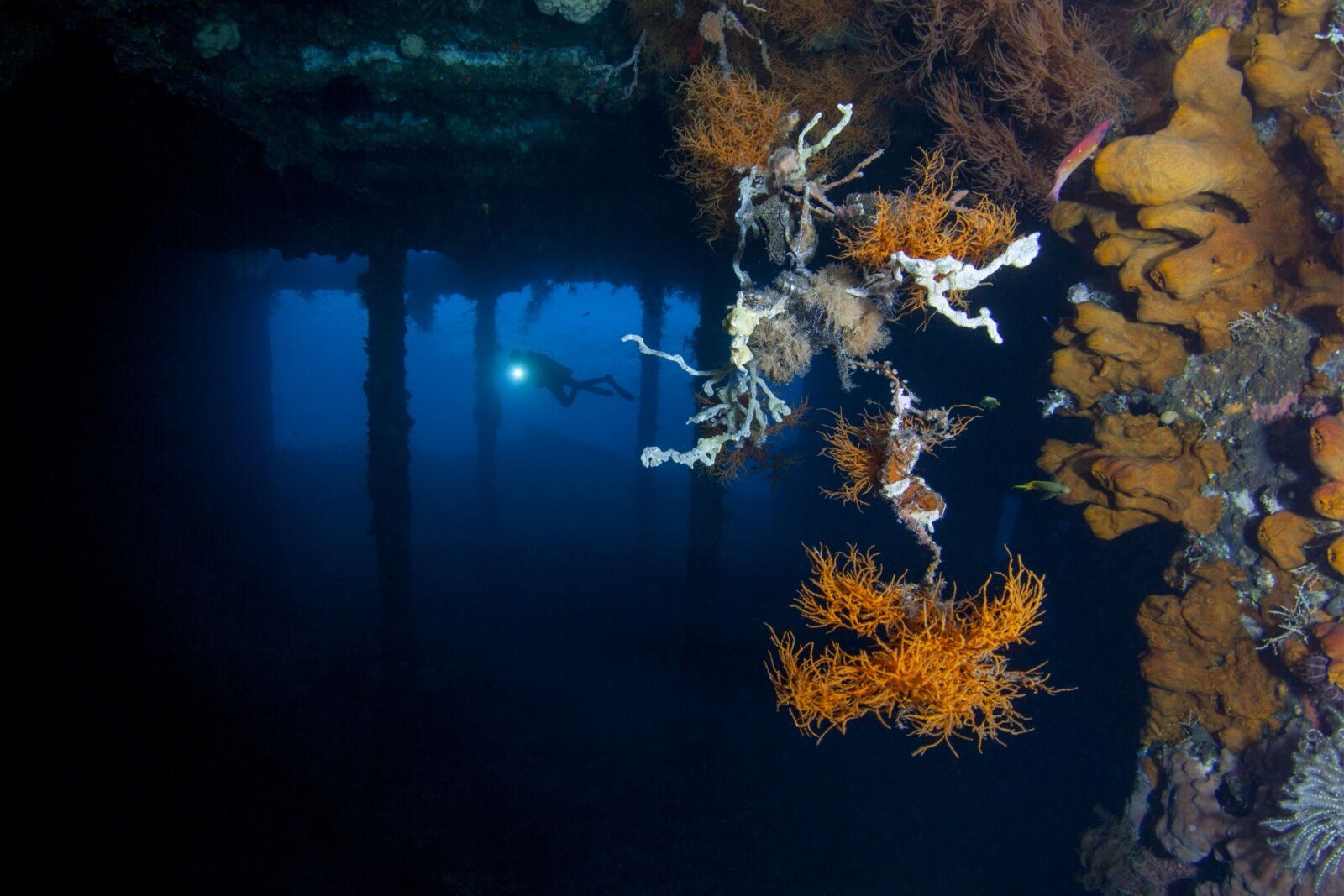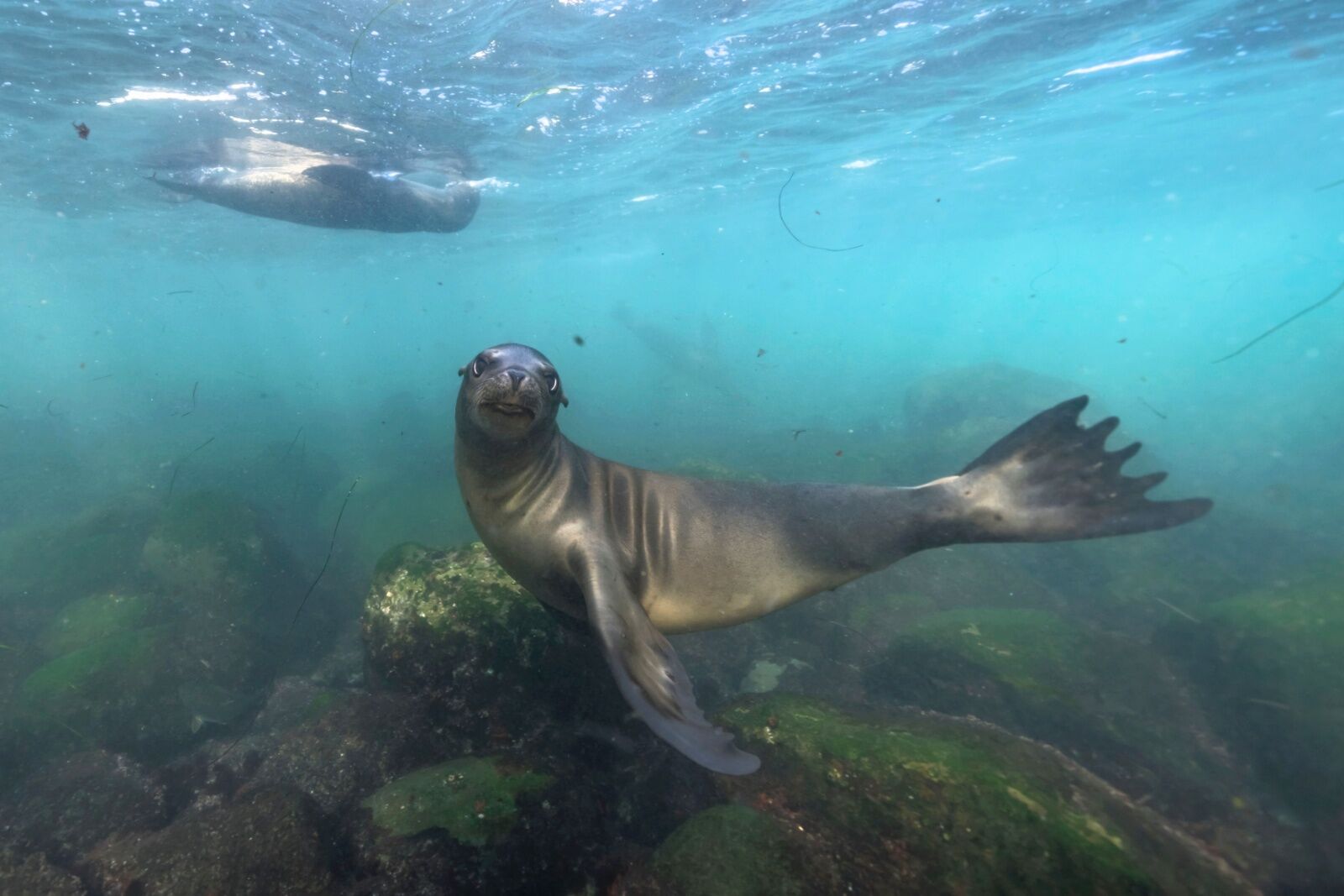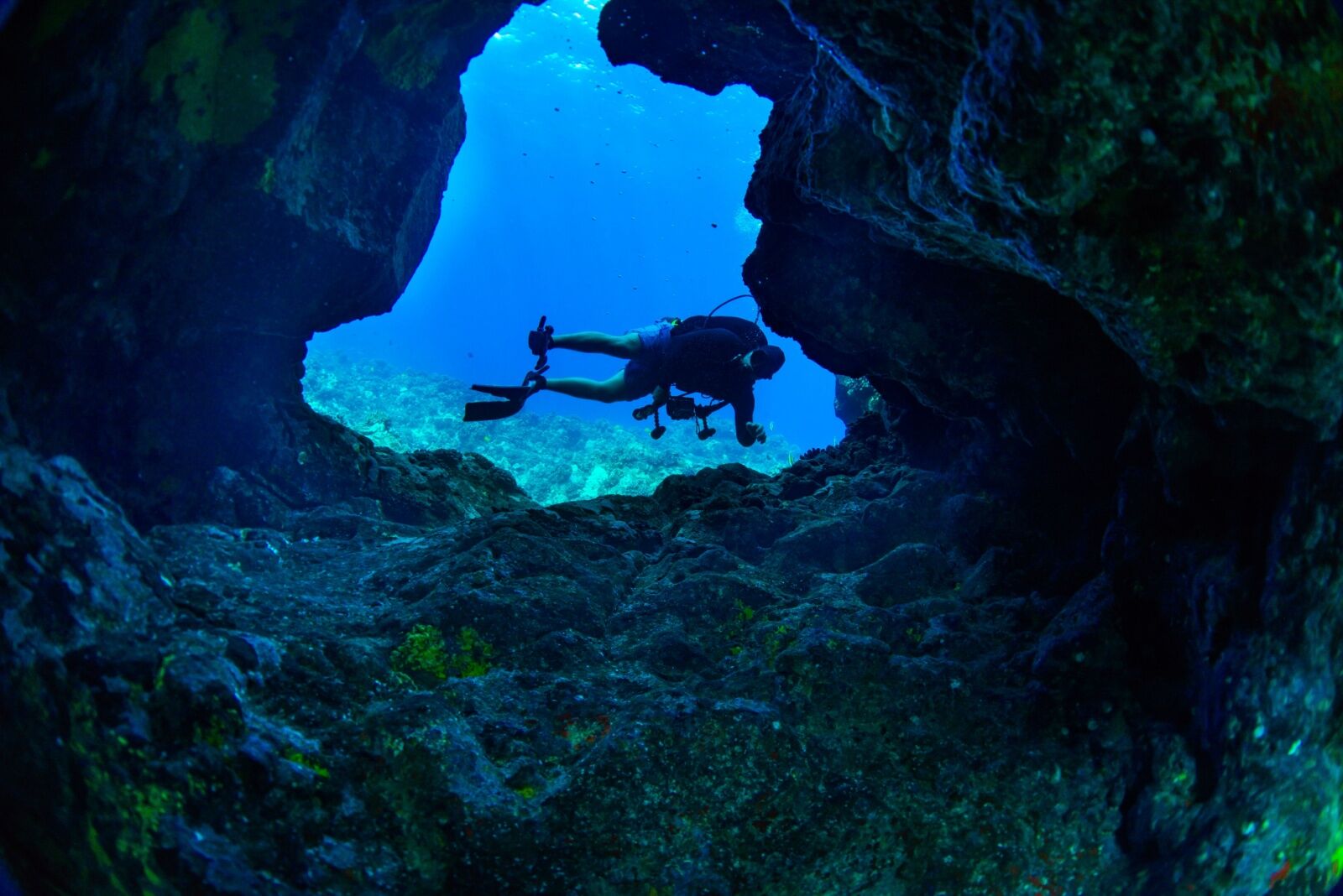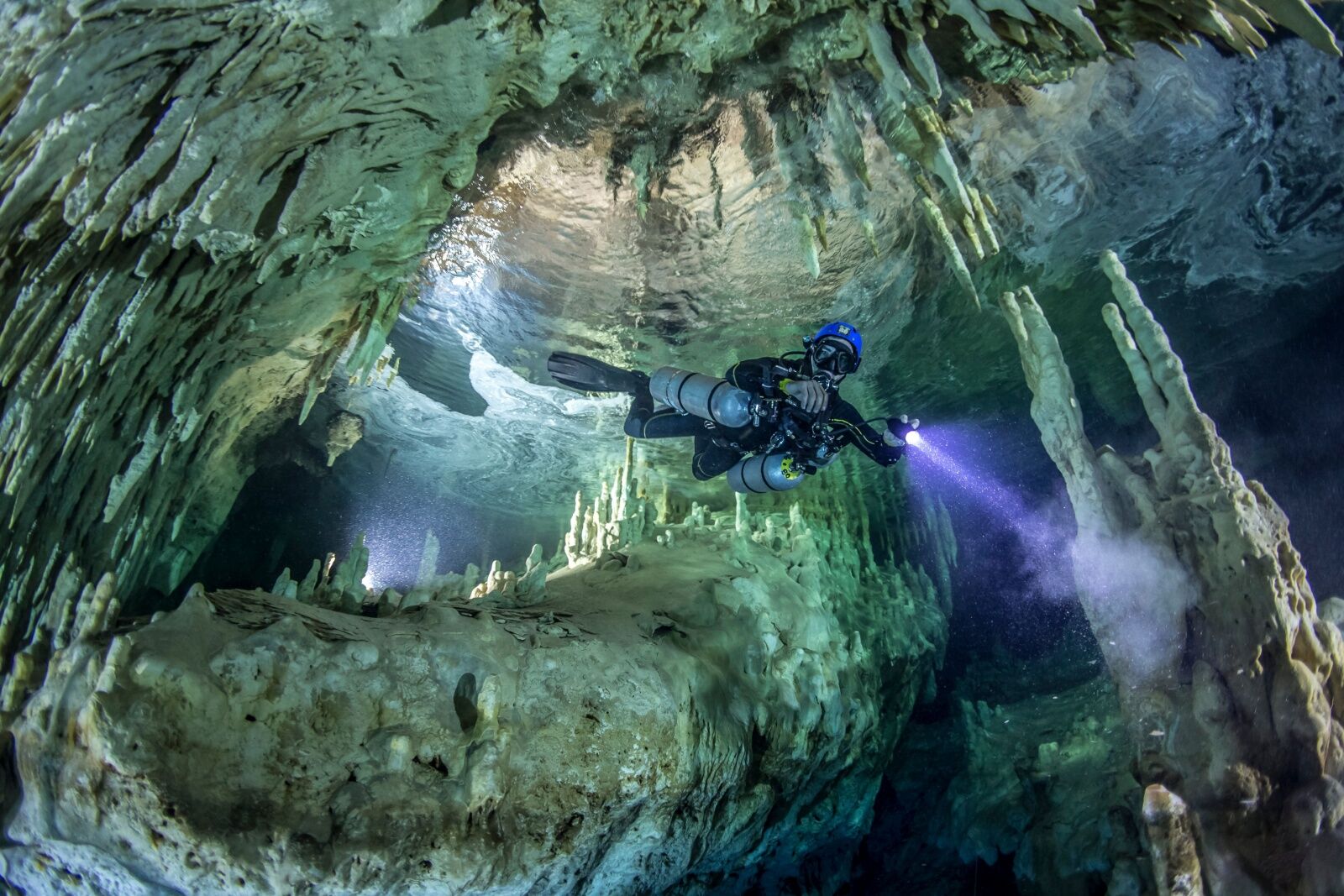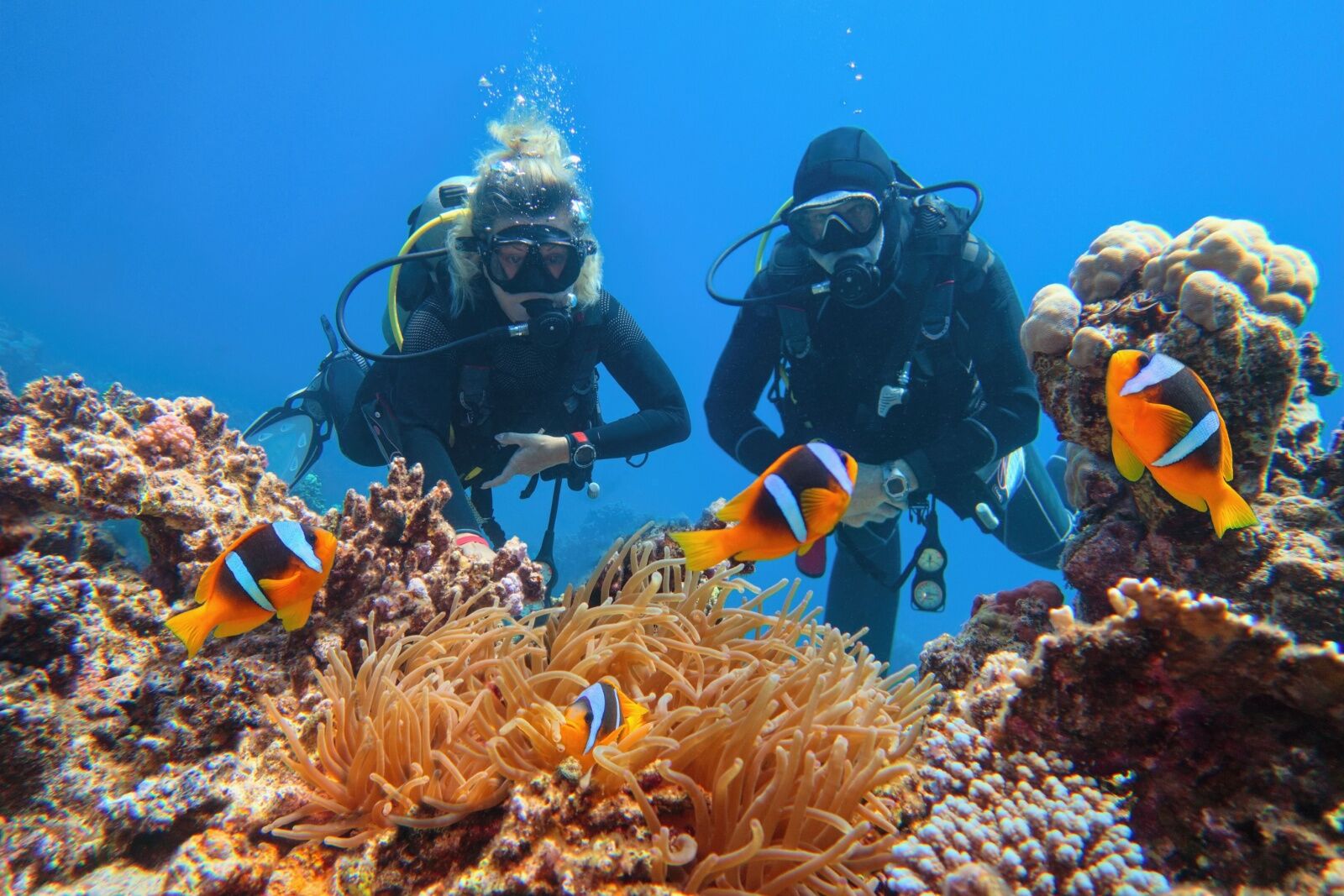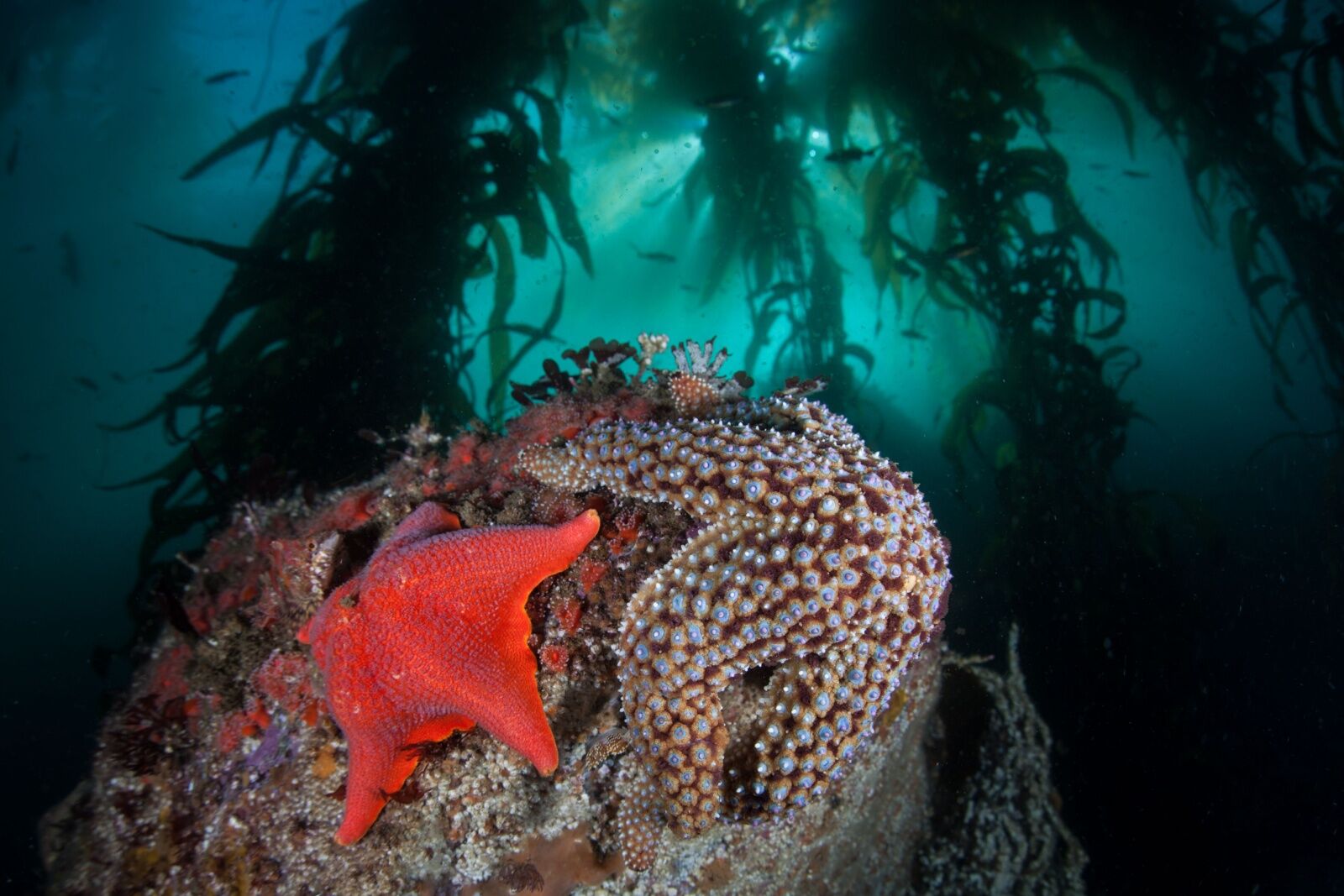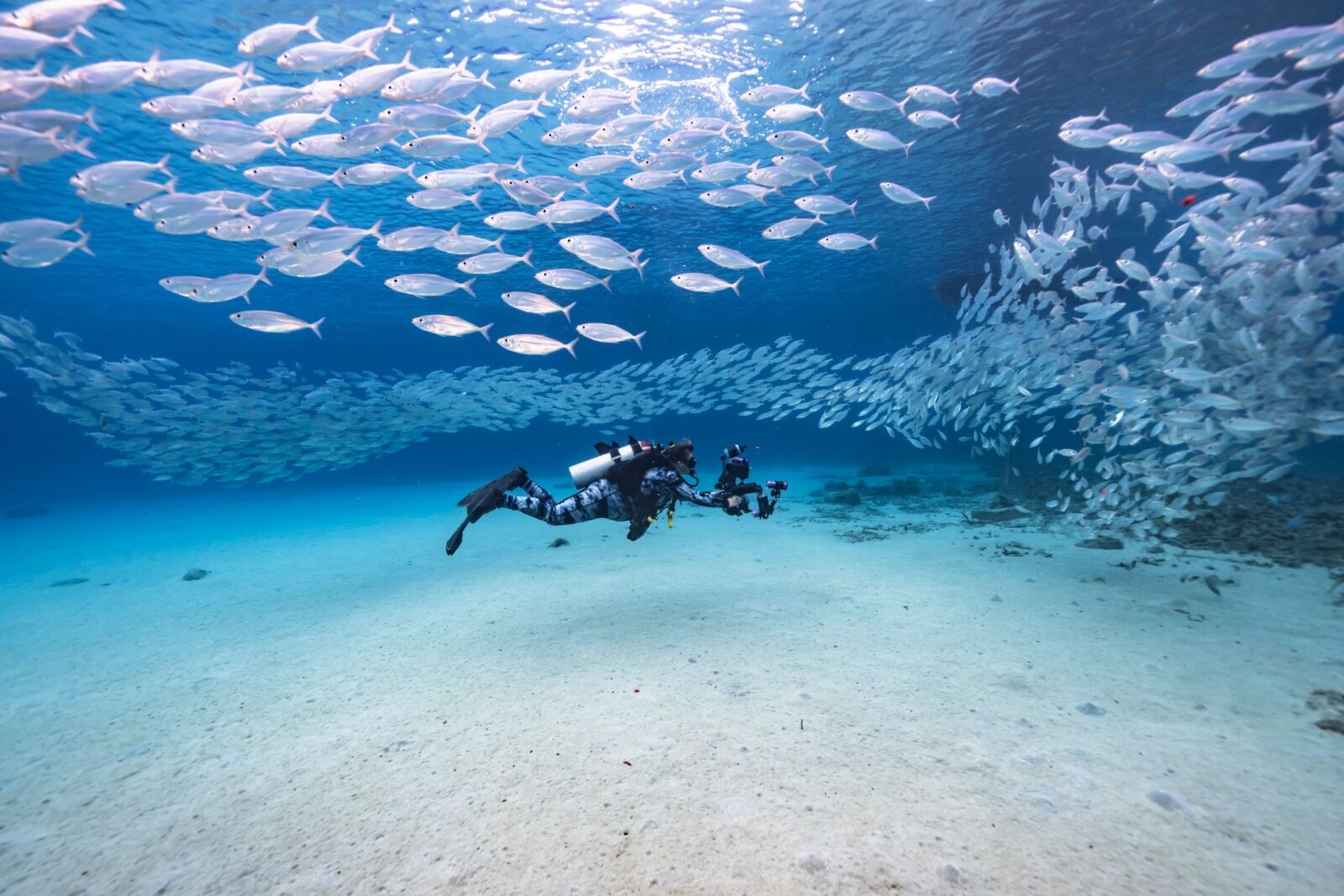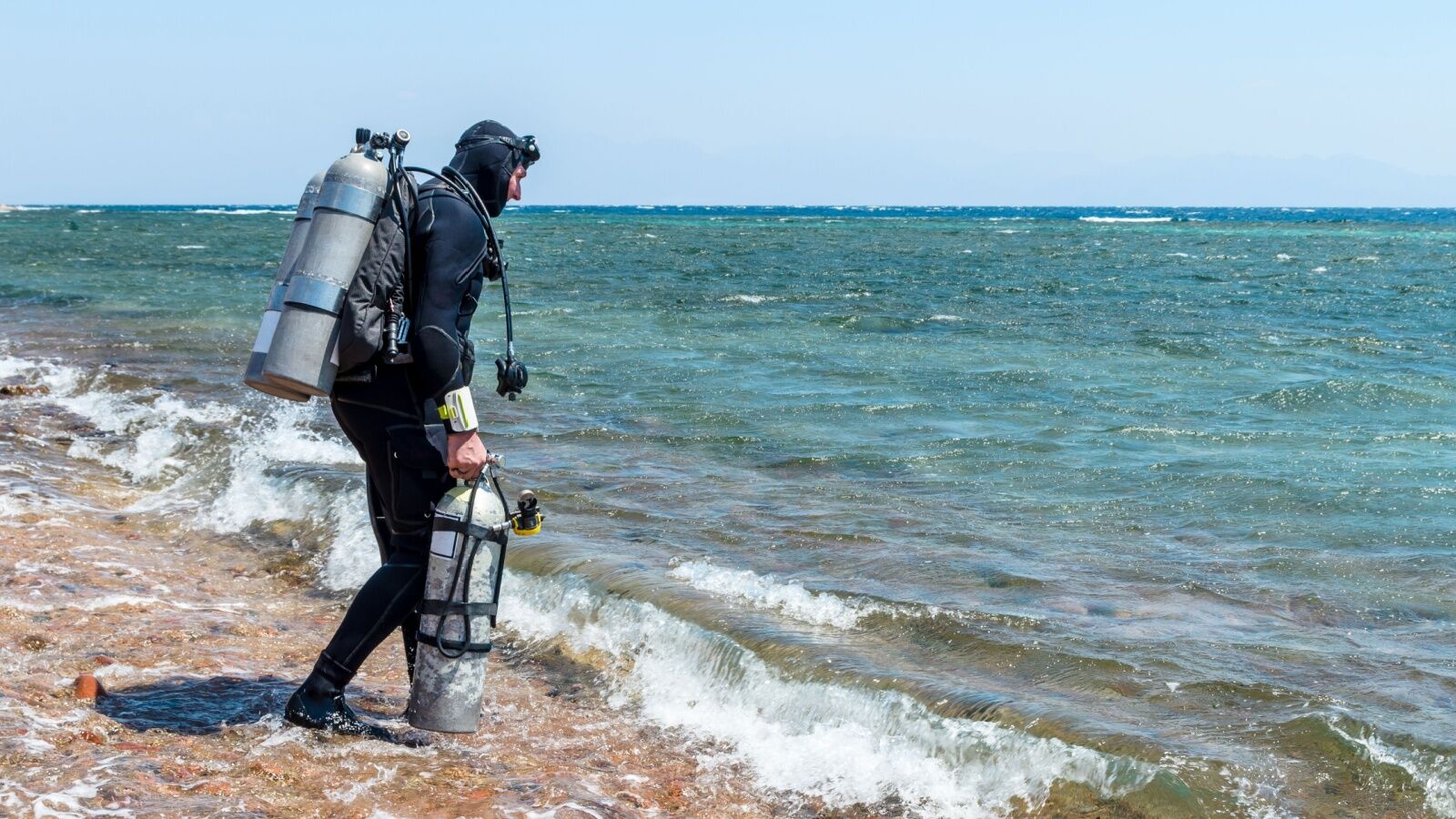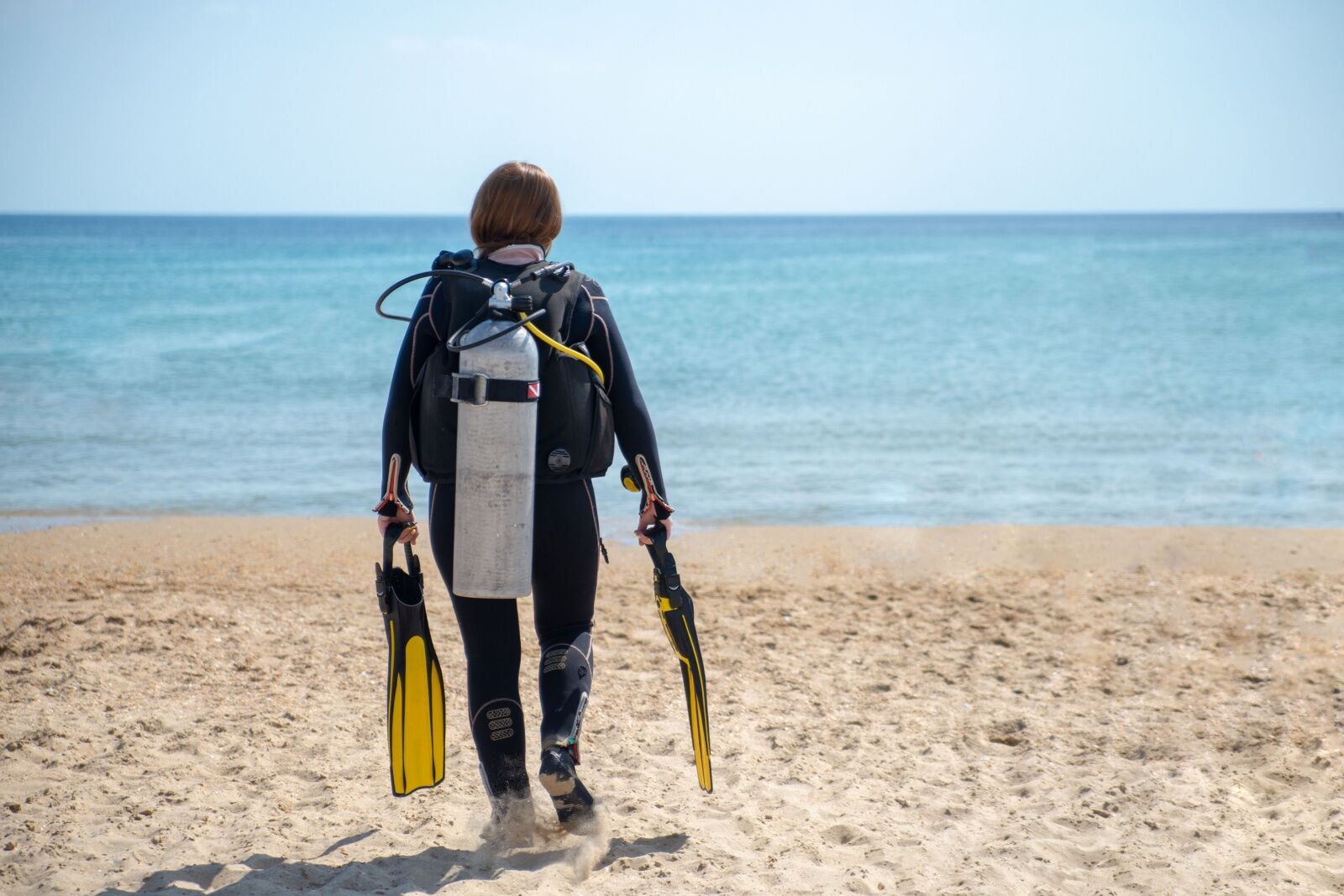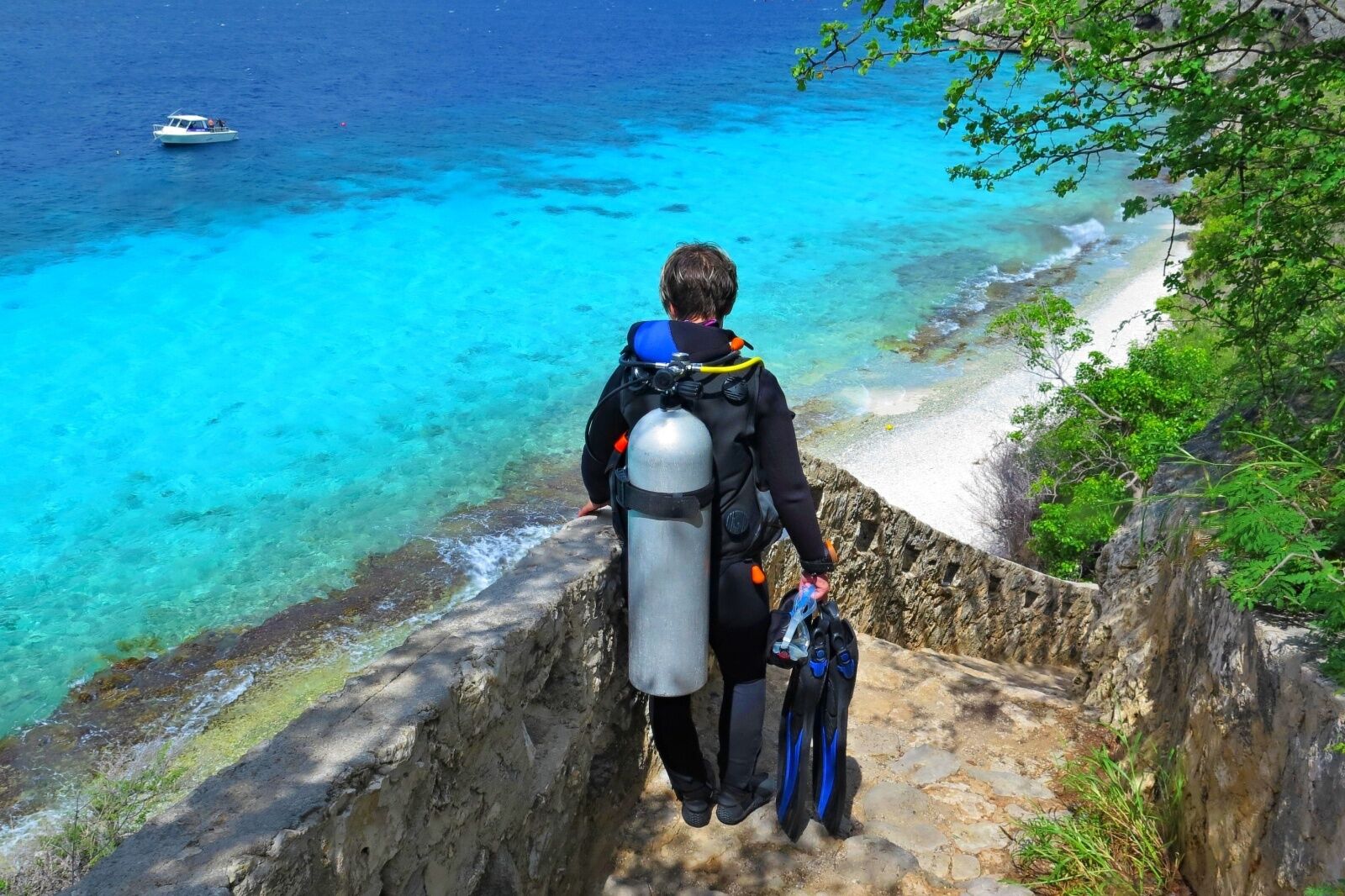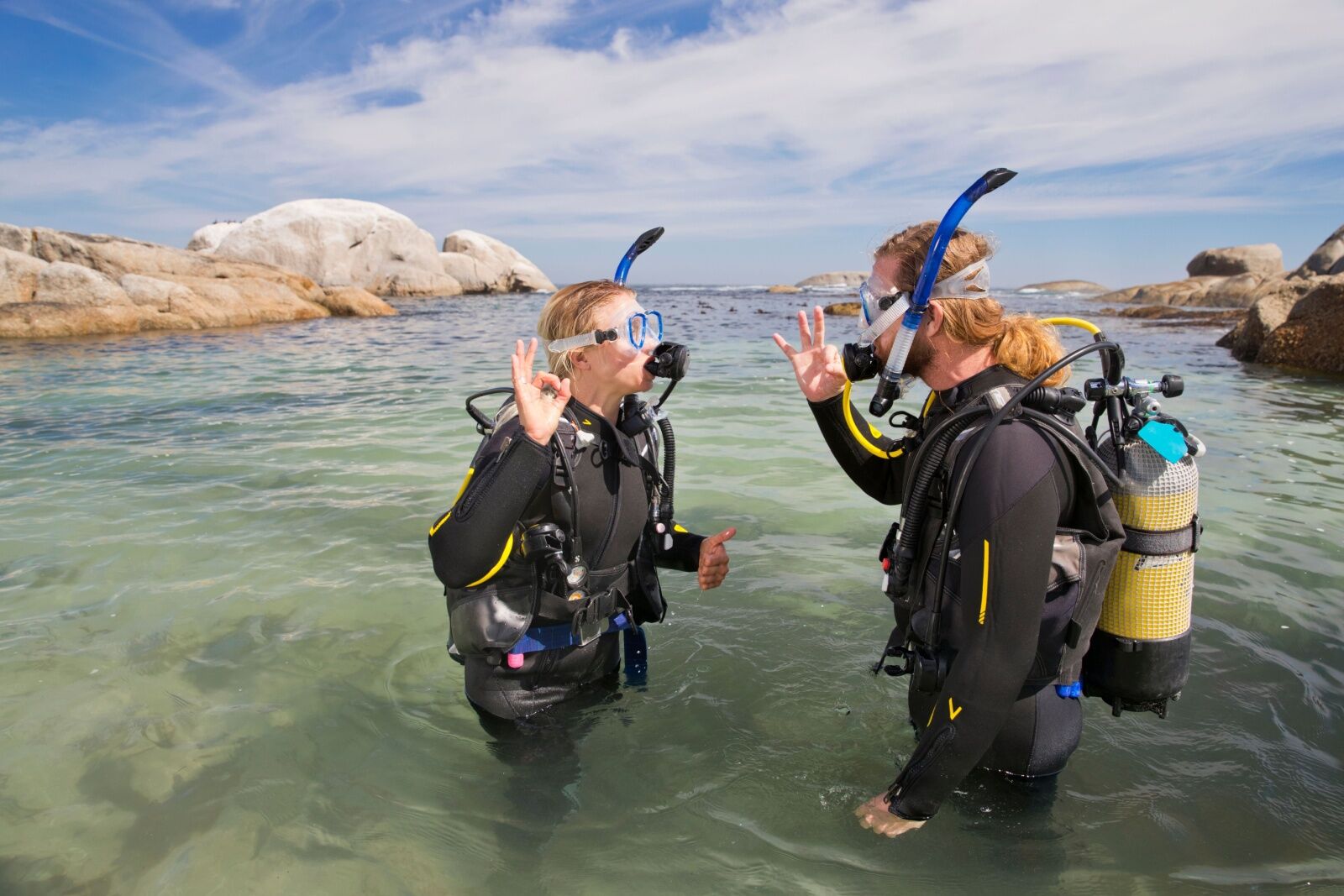Scuba diving offers a chance to see a part of the world only a very, very small fraction of people ever get to experience. You get to see rare animals, feel what it’s like to escape gravity for a while, and get to breathe underwater while going eye-to-eye with colorful fish. What could be better?
Well, one thing could be better: getting that experience without having to deal with crowded scuba diving boats and early morning wake-up calls.
